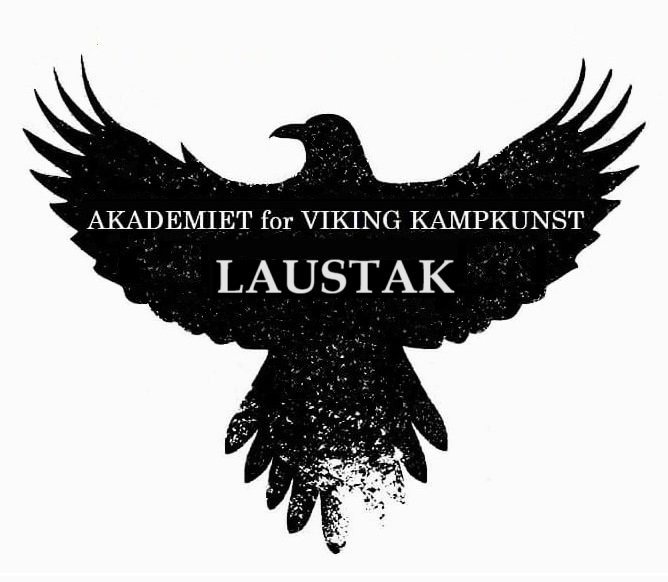VIKING DUEL by Tyr Neilsen
/combat glima - Holmgang - viking duel - tyr neilsen - Photo: T. Neilsen - B. Wemundstad
Disputes throughout the ages have been ‘solved’ by combat. In Viking Age Scandinavia, sometimes a dispute became an unregulated duel called Einvigi, “single combat”, other times it was solved by a regulated duel called Holmgang “small-island walk”. This meant that all Norsemen had to be ready to fight to protect their property with their life, at all times.
In Viking Age Scandinavia, there was no regulated police force to take care of disputes. To keep peace and order, Viking society used a Viking ‘Code of honor’ system and a system of laws concerning property and crimes. In this self-regulated society, the Viking honor system was ingrained in everyone, and the concept of "honor" and of a "good name" was extremely important for the survival of the family or clan.
The Viking ‘Code of honor’ held that any apparent insult, deliberate or imagined, had to be paid for with money or blood. Honor had to be defended, or people would feel they could insult any member of any family with fear of consequences. This system left the choice of payment to the victim or victim’s family. If compensation was denied, Viking society demanded blood vengeance. This was justified revenge, which could be realized as arson or manslaughter.
Respect in the Viking community was a high priority, and any offence, in word or deed, or anything that might have hurt a person's honor, had to be dealt with in order to uphold that respect. Vengeance was not a punishment from the person whose honor was tarnished, vengeance repaired the honor of the injured person. Vengeance didn’t have to be directed against the individual who caused the offense, it could be directed at a close family member to the offender.
Grágás, the medieval Icelandic lawbook, permitted a man who was seriously injured, to avenge himself without penalty at any time, up until the time the case was brought to court. Sometimes, even when the law forbade vengeance, there were cases when public opinion demanded it. In Viking society, duels were an accepted way of making good in such situations.
The main Viking laws were rules for inheriting property and describing various crimes and their punishments. Anyone who killed a man accidentally, had to pay the man’s relatives what the man was worth, which depended on the man’s status. Blood feuds could be ended with one death cancelled out another death of equal value. The worst crimes were punished by banishment.
These laws were based upon the Ting (thing) system, the Viking legislative assembly and court, created through common-meetings that dated back to at least the 7th century. Norse legalities were created and disputed in a Ting, and there were many types of Ting in Norse society. The first settlers of Iceland were greatly influenced by their Norwegian roots when creating their own form of government, and the World’s oldest National Parliament is the Allting, or All-Thing, created in Þingvellir, Iceland in the year 930.
Not only did the Norse people have laws, we know what they were like. ‘Law and Order’ comes from the Old Norse words “Lov og Orden”, were legalities memorized and argued by a "lovsigemann" (law reader man). Every free man had to respect Norse law, including chieftains and kings. The Norse law system was democratic and included everybody as citizens, except slaves and outlaws.
If a person in Viking society was convicted of being a criminal, he or she was either fined or declared an “out-law”. Outlawry was one of the harshest penalties in the Norse legal system. Outlaws had to live outside of society and were forced to live in the wild. No one was allowed to help outlaws in any way whatsoever, and outlaws were free game for their enemies, who were free to hunt such a criminal down and kill them.
Whether it was a matter of honor, ownership, property, compensation, debt, legal disagreement, a contended fine, or to help a family member or friend, a duel could decide who was in the right. Hólmganga, the Old Norse for holmgang, was a regulated duel that was a common way of solving disputes. Anyone offended could legally challenge the other party to holmgang, regardless their difference in social status.
Egill Skallagrímsson engaging in holmgang with Berg-Önundr, painting by Johannes Flintoe (1787–1870)






